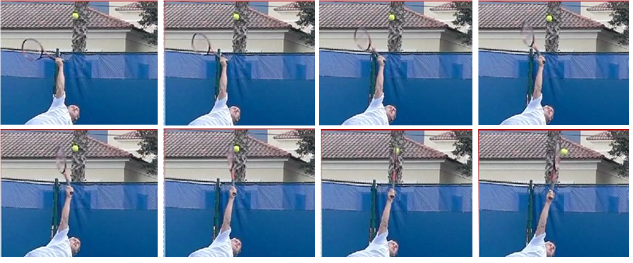Very interesting thread. My input (and I didn't read the whole thread) would be that it depends on whether the muscles that would be used in an "armed" serve (triceps, pectoralis, forearm) can accelerate as fast as this whip effect. And that question leads to another- whether the arm can create a whip effect. Is the forearm significantly lighter than the upper arm? Is the racket lighter than the forearm?
Furthermore, I believe the serve is the only stroke this can apply to because trying to "whip" on, say, a forehand, isn't going to work because unless you consciously pronate, the elbow doesn't bend that way, and even if you do, the wrist won't cooperate either. I think this "whip physics" could be the reason people tell you to serve loosely. Then again, if you do a whip type serve, then the racket loses significant velocity as it contacts the ball, maybe leaving the ball with much less momentum despite the possible increase in racket head velocity.
I would also say the handle has to be the torso. You can't lift your racket without bending the torso.
I believe the best way to do this is simple experiment.





